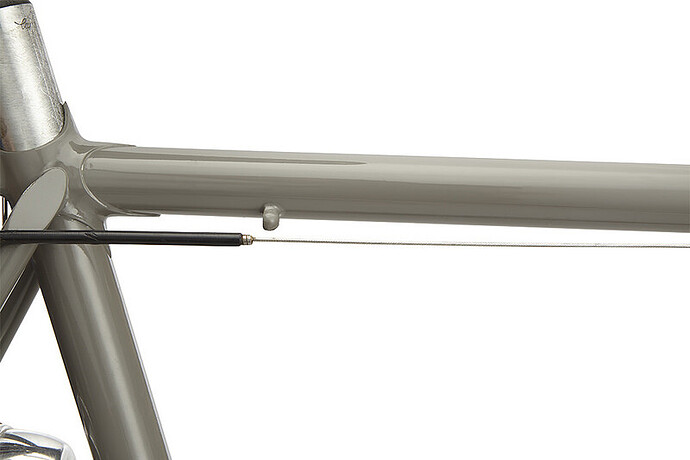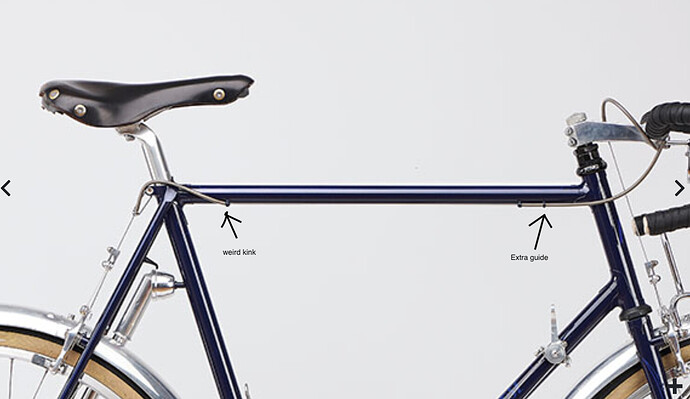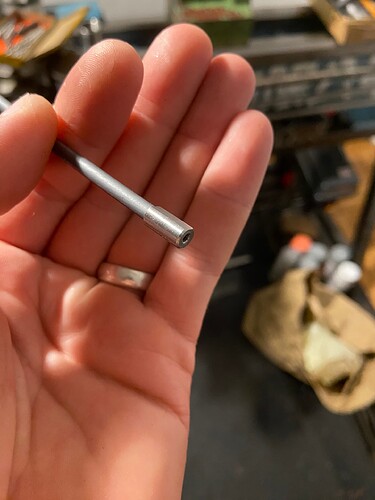Im building myself a new road frame ( I think number 10? bike ~50) , with external cables for the derailleurs (plural) and (rim) brakes.
…and Im left wondering; why do I use cable stops (for shift and brake cables) that take a ferrule to fit the cable?
I think for me it’s tradition… so id like to know why others do (or if they don’t, show me where!) . Im trying to think of good reasons and seem to be coming up with lots of ‘maybes’?
Is it for a slightly soft transition at the end of the cable before it hits a hard “support” edge? Is it to allow some angular slop? Are there different standards of cable housing OD i’ve never come across? ( ive only ever seen “4mm” which seems to measure 4.15-4.20 and “5mm” which at 4.90-5.05mm)
is it to stop creaking (plastic) or something to do with lubrication/friction (chrome/brass)?
couldn’t we make nicer stops, (smaller, lighter, lower profile, more durable, less heat etc, which I see as good things but I understand this may not be universally true…) if they were a snug fit right on the cable housing?
p.s. im imagining they have a nice little internal radius on the open end.






